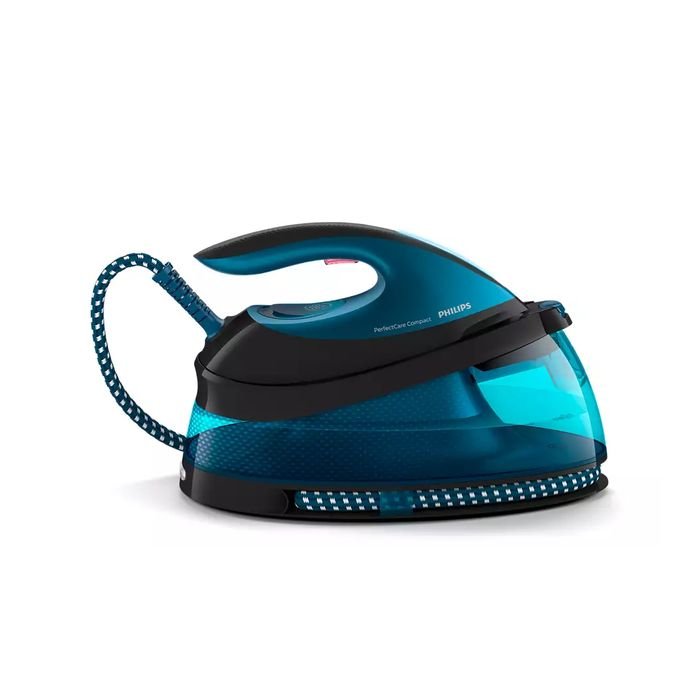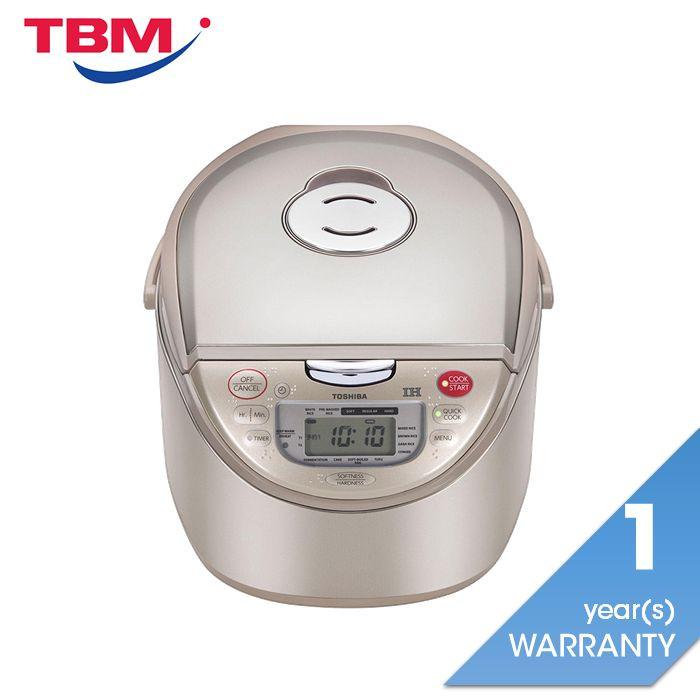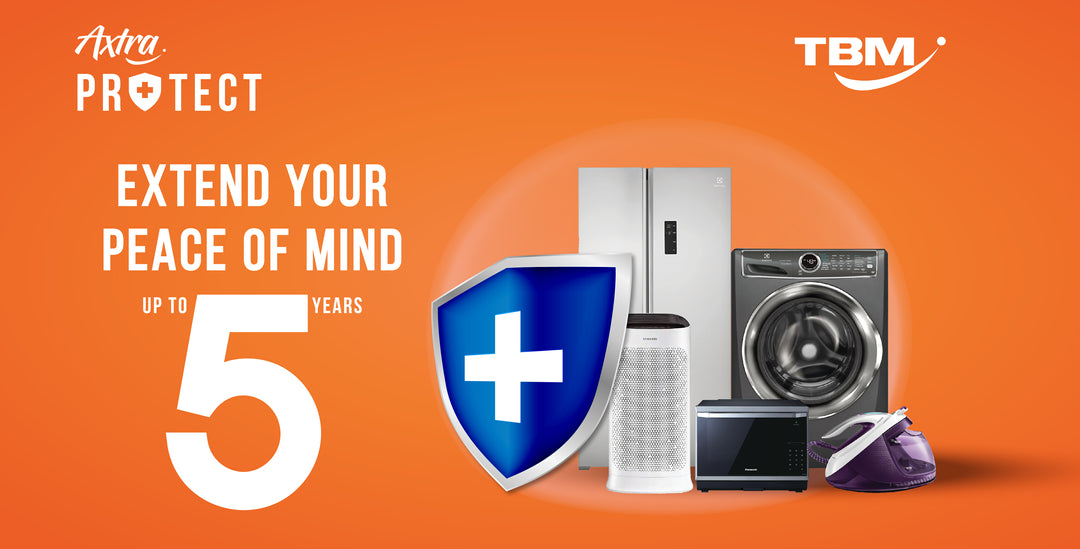Washing Machines
A) Types of washers
B) Things to consider when purchasing
C) Features & Benefits
D) Maintenance
A) Types of washers
| Type | Description | Advantages | Disadvantages | Product Image |
| Front Load Washer |
|
|
|
 |
| Top Load Washer |
|
|
|
 |
| Front Load Washer/Dryer Combo |
|
|
|
 |
B) Things to consider when purchasing
- Would you prefer a top load or front load?
- Make sure that your washer can fit through the door
- Take into consideration of power cords and hoses
- Look for washing programs that you’re likely to use regularly
-
Fast spin speeds give you faster drying times
-
Measurement tips:
- Width: Leave 1” to 3” on the sides and between appliances so air can circulate
- Depth: Leave 4” to 6” at the back to accommodate vents, hookups and cords. Front load washers will need 21” to 25” for door to swing open
- Height: For top load washers, allow at least 20” for door clearance. If installed under a counter, leave 1” of wiggle room for easier removal
-
Size/Capacity:
- It is essential that you get the right size of washer for your home. If it is too small, you’ll have to run several loads. And if it is too large, it’ll be a waste of resources
- Find a washer that is the right size for your family!
1-2 pax = <3kg
3-4 pax = 5-7kg
5+ pax = >8kg
C) Features & Benefits
-
Wash Cycle
- Standard washers normally have few basic washer cycles: Normal, permanent press, heavy duty, and delicate
- Sophisticated ones have prewash, wool, bedding, baby care, sports, towels, active wear, quick wash. The water temperature and spin speeds adjust according to the setting
-
Water Levels
- Standard washers allow you to pick your water level
- High efficiency washers auto adjust the water level according to the weight of your load
-
Auto temperature control
- Some washers have cold, warm, hot settings for wash cycles. However, basic ones are limited from temperatures coming from the water heater and water main
- Some washers have auto temperature control. Internal thermostat checks water coming in and adjusts the appropriate valves as needed
-
Internal water heater
- Built-in heating elements enable wash water to reach higher temperatures than your household water can deliver
- This is usually for washers with sanitize/allergy cycles or extra hot/whitest white settings
-
Hand-washable cycle
- Agitator-free washer allows you to wash delicate items
-
Quick-wash options
- Quick wash setting allows small amount of lightly soiled items to be washed in a hurry
-
Maintenance and mold prevention
- High-efficiency washers have self-clean cycles to prevent mold build up on the external surface of the tub which is not visible
-
Built-In sink
- Some washers has built-in sink. This sink has a scrubbing board and integrated water jet so you can pre-treat and hand wash your laundry. The sink drops down from the lid and can tilt back to pour the clothes and water directly into the washer’s tub. You can then start the cycle from there or drain the pre-treatment water first to start fresh
-
Energy efficient
- Washers that are energy efficient use less water and energy which saves money and protect the environment
- Energy efficient washers forces as much water out as possible on the final spin cycle
-
Steam
- Steam penetrates fibers to release stains, odors, and ground-in dirt
-
Sanitization or allergy settings
- These settings will increase the temperature or use steam to reduce germs, bacteria, and irritants to your clothing or bedding
- Allergy setting is generally kinder to your clothes than the sanitization feature.
- The sanitization setting is long and hot enough to kill 99.9% microorganisms and has almost no carryover of bacteria into future loads
- A washer’s allergy setting must eliminate at least 95% of dust mite allergens and feline dander and the wash water must reach and maintain 55°C for 3 minutes
-
Vibration and noise reduction
- This feature reduces vibration and noise especially if the washer and dryer are near living and sleeping areas
-
Digital displays and touch-screen controls
- These make it easier for you to use their array of specialized features and settings and some might allow you to save your favorite combinations
-
Delayed Start
- If you have a busy schedule, this would be perfect for you. You can time when you want your load cycle to end. This way, your wet clothes won’t sit there for hours and develop wrinkles
- Smartphone compatibility
- High-end models might boast built-in WiFi to sync to your smartphone. This technology will alert you when a cycle has ended
D) Maintenance
-
Don’t overload it
- When washers are overloaded, they perform inefficiently. Break big loads into smaller piles to extend the life of the motor and use less energy
-
Give it some air
- Leave the lid open between washings to allow the drum to dry
-
Clean the lint filter
- This will help your washer run efficiently
-
Keep your machine on level ground
- The vibration, rocking, “walking” across the floor during the cycle will damage the floor of the machine
- Replace the hose
- If there are bulges, cracks, or leaks in the hose, replace it immediately. You can also replace it every 3 to 5 years







![[TBM Member Monthly Special][Instant Rebate] Philips GC7846/86 Steam Generator Iron 2400W | TBM Online](http://shop.tbm.com.my/cdn/shop/products/philips-steam-generator-gc784686-tbm-online-8740209.jpg?v=1761776072&width=1000)


![[CLEARANCE][Display Set] Panasonic EH - SP30 Facial Static Roller | TBM Online](http://shop.tbm.com.my/cdn/shop/files/panasonic-facial-therapy-eh-sp30-tbm-online-5125045.jpg?v=1761777081&width=900)
![[CLEARANCE][Display Set] Panasonic EH - SP30 Facial Static Roller | TBM Online](http://shop.tbm.com.my/cdn/shop/files/panasonic-facial-therapy-eh-sp30-tbm-online-9097996.jpg?v=1757310653&width=1000)




